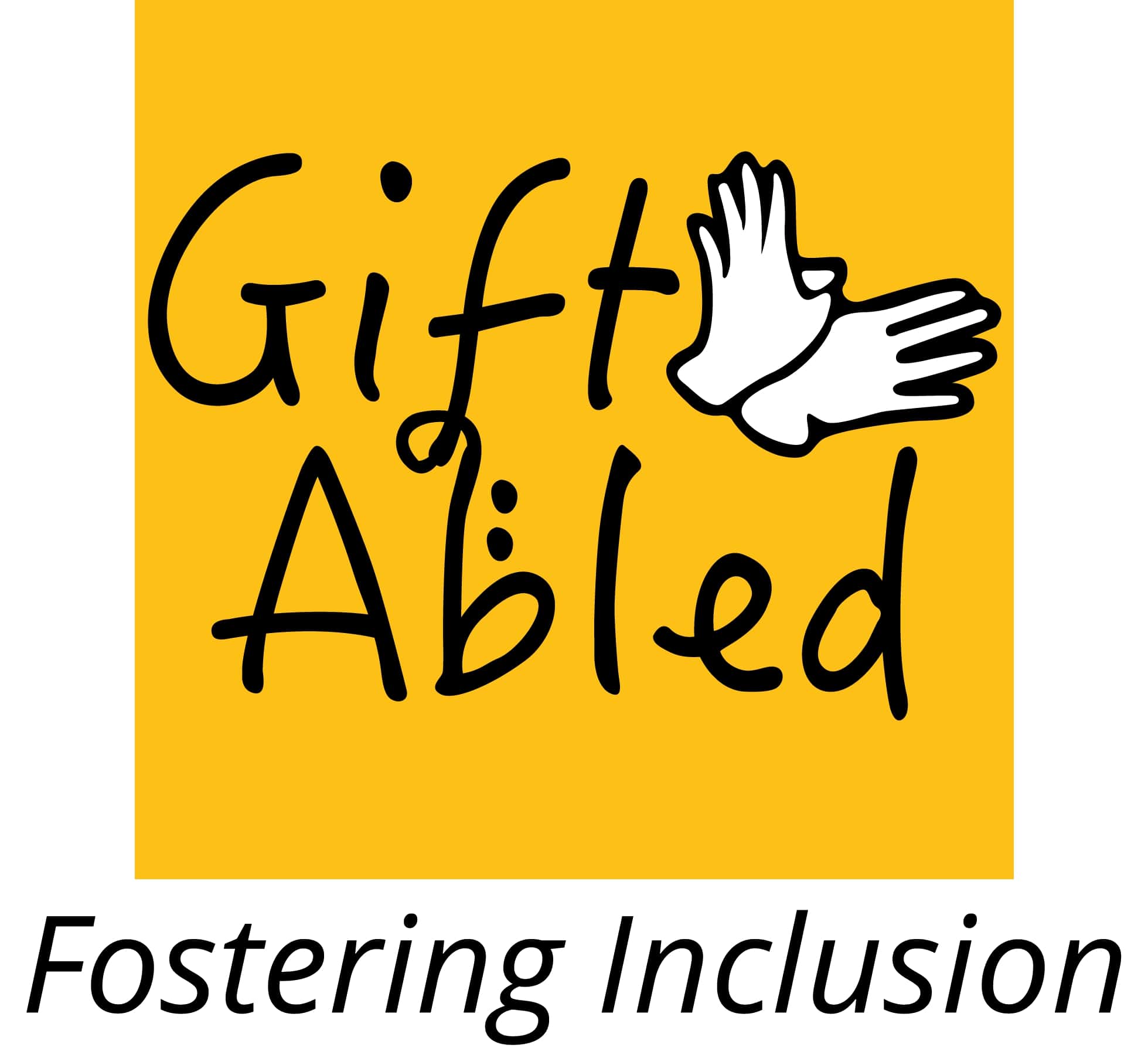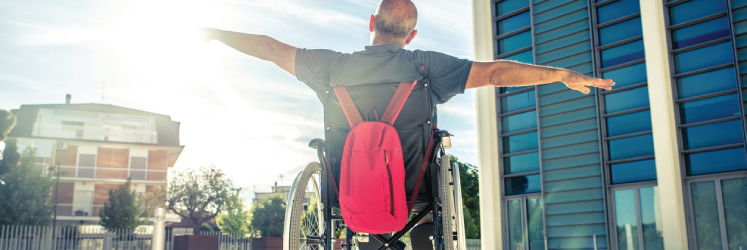Ideally, all public & businesses places are required to remove physical barriers that make it difficult for a Person With Disability to access the property.
PwDs have been treated like a third class citizen, especially when it comes to traveling in public transport or accessing a public place. It had reached a point where a lot of people felt trapped in their homes or dependent others with their over pampered care and attention.
People who use wheelchair find it difficulty in going around in public places. Ideally, all public & businesses places are required to remove physical barriers that make it difficult for a handicapped or disabled person to access the property or enjoy its goods or services, which often consists of small barriers such as narrow entry doors, round door knobs, handles and crowded/narrow checkout areas.
Most often for removing such barriers is that it’s too difficult or expensive for the aged old existing structure to do so, But they can put into place with minor changes. For Example, a hotel can have an employee to escort the blind customer while using the stairs or lift. I feel that it can be the first baby step towards making their place accessible. Success requires coordinated technical, economic, political and social change integrated through a meaningful multi-disciplinary systemic approach. For all new public constructions, it can easily make accessible which includes commercial structures such as office buildings, hotels, cafes, libraries etc Considering that they don’t have to pay an unreasonable amount to make such changes.
Public transport accessibility is about people’s ability to get to and from places, and It is about enabling access. An accessible public transport system incorporates concepts of availability, affordability, and usability of services. An accessible system looks at the connectivity of various modes and the ease of use, which contribute to the desirability of public transport as a transport choice. It’s quite amazing to see London Buses and Railway trains being wheelchair accessible and other supportive facilities available, which is something we rarely to get see in many other places, especially in India. I have listed some suggestions which Government bodies can incorporate to ensure smooth transport for People With Disability for them to participate fully in daily life and recreational activity without much hassles, it’s possible to make it happen with minor alterations and efforts.
They are:
- Railway Transport
The Railway network which is owned by the Indian Railway requires a lot of modifications to make it accessible for People With Disability. Most of the railway stations lack enlarged map which explains about the entire stations. All stations and trains should have the ramp and should be made wheelchair friendly. All platforms should have tactile paths for the easy navigation of visually handicapped persons and to prevent mishaps railings should be put up at the end of platforms. To enable visually challenged people to figure out their seats, it should be written in braille. The attendants should be trained to handle a visually impaired and a wheelchair user occupy the seat. The train boogie should be redesigned in such a way that a person using a battery operated wheelchair can enter the train without any assistance. The attendants shouldn’t carry around the wheelchair user like a baggage which they transport from one place to another. Toilets need to be restructured keeping in mind a disabled person. They should take steps to design ladders which enable visually handicapped persons to climb up to the upper and middle berths independently with ease. - Bus
The bus is one of the most important and integral public transport in India. It connects places inaccessible and interior parts of the country. In Most of the bus terminals, audio announcements should be installed to enable visually handicapped persons to know whether their destination has reached and also aid them in boarding their bus correctly similar to railway stations. In some of the crowded bus stops such as KBS in Bangalore or CMBT in Chennai, there should be an escort to assist a visually impaired person to board a bus and also provide the required assistance to a physically disabled person. - Metro
Metro is turning out to be one of the most integral parts of Urban transport, as most of the cities are building up metro constructions. Metro trains already have announcements inside the train and station, which is a good initiative. Most of the metro stations already have ramp and wheelchair assistance in place. We can hope that all Metro stations adopt the practice before finishing up the construction. - Airport
Flying to your destination is an easy way to travel when you are running out of time. Almost all the airports in India provide wheelchair access and escort for a visually impaired person. For a person with a Physical disability, If you inform early special lounge access is provided at times to avoid inconvenience. But I have never seen sign language interpreter present in Airport to assist a hearing impaired person in avoiding getting lost and confused in the hassles.
Let’s Have more public accessible places.
The government has put strict regulation for public places such as hotels, taxis etc which are all bound by strict rules and guidelines with regards to providing accessibility, facilities and equal opportunities for a Person With Disability. It can be time-consuming and technically difficult to implement, but If we can make it happen we can create an inclusive world for everyone.



0 Comments